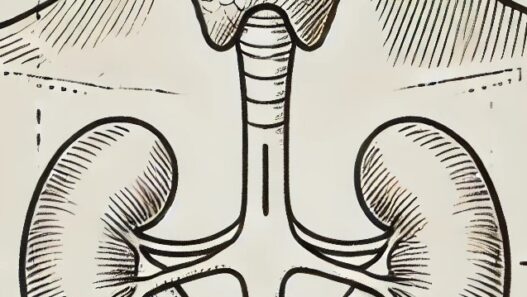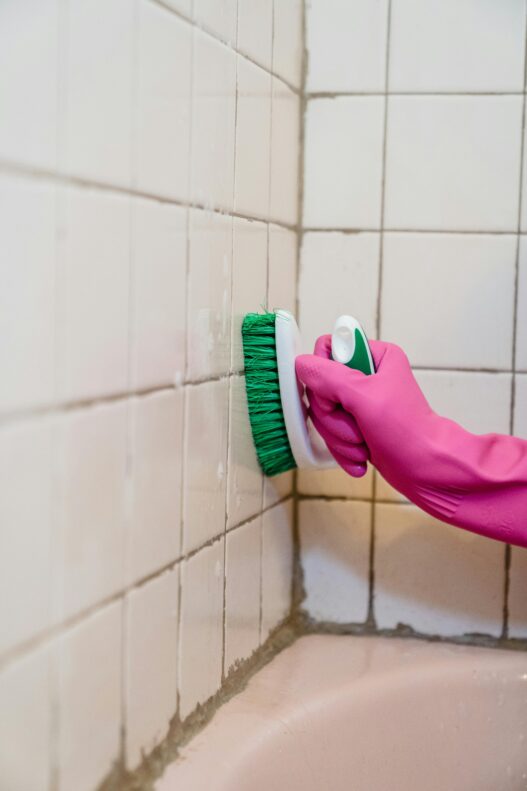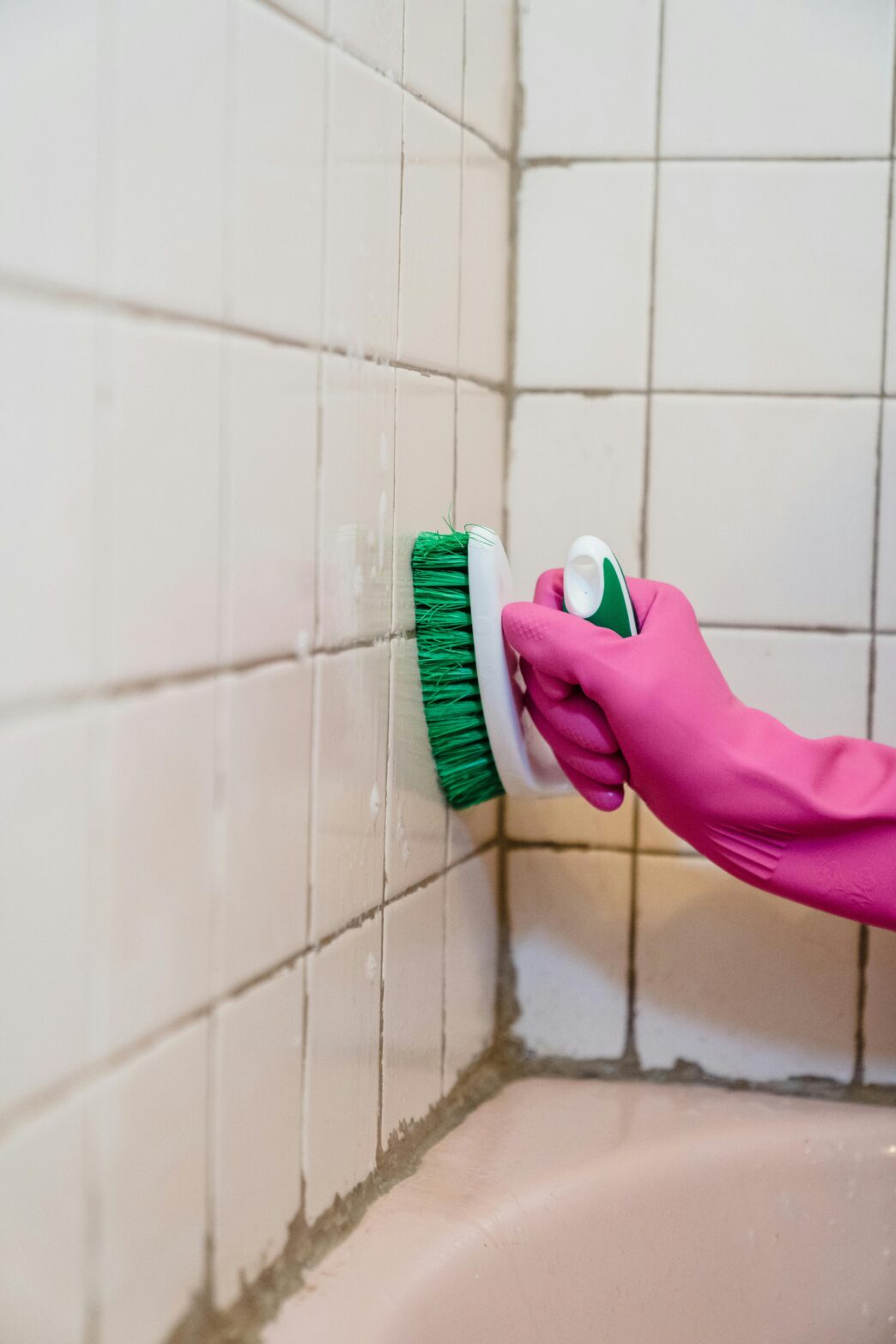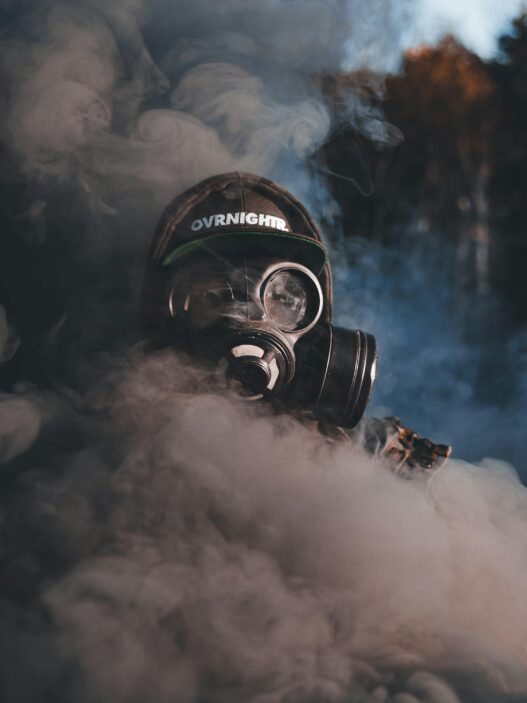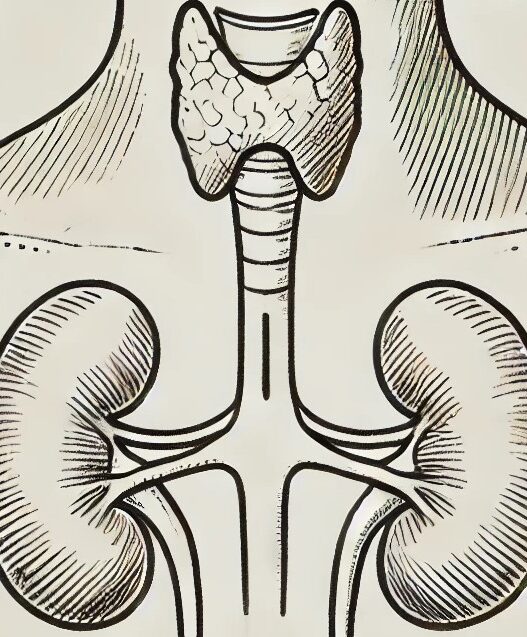Understanding the Dangers of Mold Exposure and How It Affects Your Autoimmune Health”
The dangers of mold exposure can have a significant impact on autoimmune health, triggering inflammation and worsening symptoms for those affected. Mold is more than just an unsightly stain; it’s a potential health hazard lurking in many homes. For those with autoimmune diseases, mold exposure can be particularly detrimental, aggravating symptoms and complicating overall health. In From Pain to Wellness, I discuss how environmental toxins like mold can silently impact our bodies, especially those already vulnerable due to autoimmune conditions.
Why Mold Matters for Autoimmune Health
Mold isn’t just a nuisance; it releases mycotoxins, toxic compounds that can circulate in the air and impact indoor air quality. These toxins, when inhaled or absorbed through the skin, can trigger inflammatory responses in the body. For individuals with autoimmune diseases, this inflammation can lead to flare-ups, fatigue, brain fog, and even long-term immune dysregulation. Mold exposure can also lead to respiratory issues, skin rashes, digestive problems, and neurological symptoms, which can be particularly taxing on an already sensitive immune system. It is important to understand the dangers of mold exposure and take action in order to get better.
Studies suggest that mold exposure might directly influence immune responses, leading to heightened inflammation and contributing to the worsening of autoimmune diseases

How to Recognize Mold Exposure Symptoms
Mold exposure symptoms can be subtle and easily confused with other health issues, making it vital to recognize them early. Here are a few common signs of mold exposure:
- Fatigue and Brain Fog: Mold toxicity can impact cognitive functions, leaving you feeling foggy or mentally drained.
- Respiratory Issues: Chronic coughing, shortness of breath, and sinus infections can result from prolonged mold exposure.
- Skin and Eye Irritations: Rashes, itchy skin, or irritated eyes may develop, especially if you have direct exposure.
- Worsened Autoimmune Symptoms: If you have Hashimoto’s, autoimmune gastritis, or other conditions, mold exposure may exacerbate your symptoms.
Steps to Address Mold Exposure
- Identify and Remove Mold Sources
- Check Vulnerable Areas: Mold thrives in damp, poorly ventilated areas like basements, bathrooms, and around leaky pipes. Look for black or green patches, as well as a musty smell, as indicators.
- Consider Testing: Mold testing can help determine if there’s a hidden issue. Home kits or professional inspectors can measure air quality and pinpoint sources.
- Improve Indoor Air Quality
- Ventilate Regularly: Open windows and use exhaust fans in damp areas to reduce moisture levels.
- Invest in an Air Purifier: HEPA-filtered air purifiers can help trap airborne mold spores and improve overall air quality.
- Dehumidify the Space: A dehumidifier can keep humidity levels below 50%, making it harder for mold to thrive.
- Strengthen Your Body’s Resilience
- Focus on Anti-Inflammatory Nutrition: Eating an anti-inflammatory diet, like the AIP diet, supports your body in combating toxins.
- Support Detox Pathways: Prioritize hydration, incorporate antioxidant-rich foods, and consider natural binders (like activated charcoal or chlorella) with guidance from a health professional.
- Optimize Sleep and Manage Stress: In From Pain to Wellness, I emphasize that sleep and stress management are vital for healing, especially when dealing with environmental toxins like mold.
- Seek Professional Help if Needed
- If mold is affecting your health, work with an integrative or functional medicine practitioner who can test for mold toxicity and provide targeted treatments, like binders or other detoxification support.
Living Mold-Free for Optimal Health
While mold can pose serious risks, staying vigilant and taking preventive actions can make your environment safer. For those of us managing autoimmune diseases, being proactive about reducing mold exposure can prevent unwanted flare-ups and contribute to a healthier, more resilient body.
In From Pain to Wellness, I explore these strategies and others that can help you navigate environmental triggers that could impact your journey toward better health. Remember, this journey is a marathon, not a sprint. Taking small, consistent steps can help you create a safer, healthier living space—one that truly supports your wellness.





